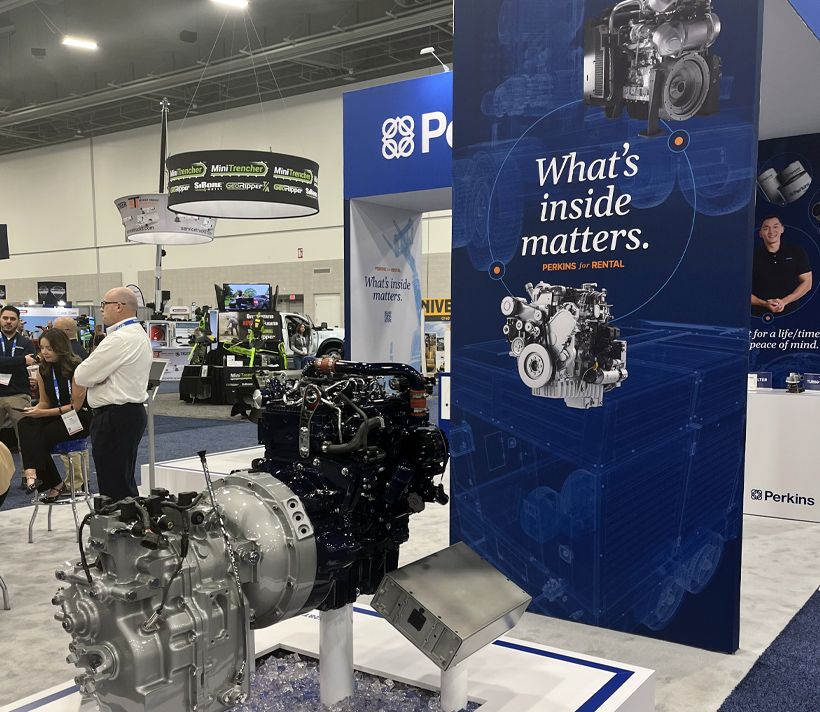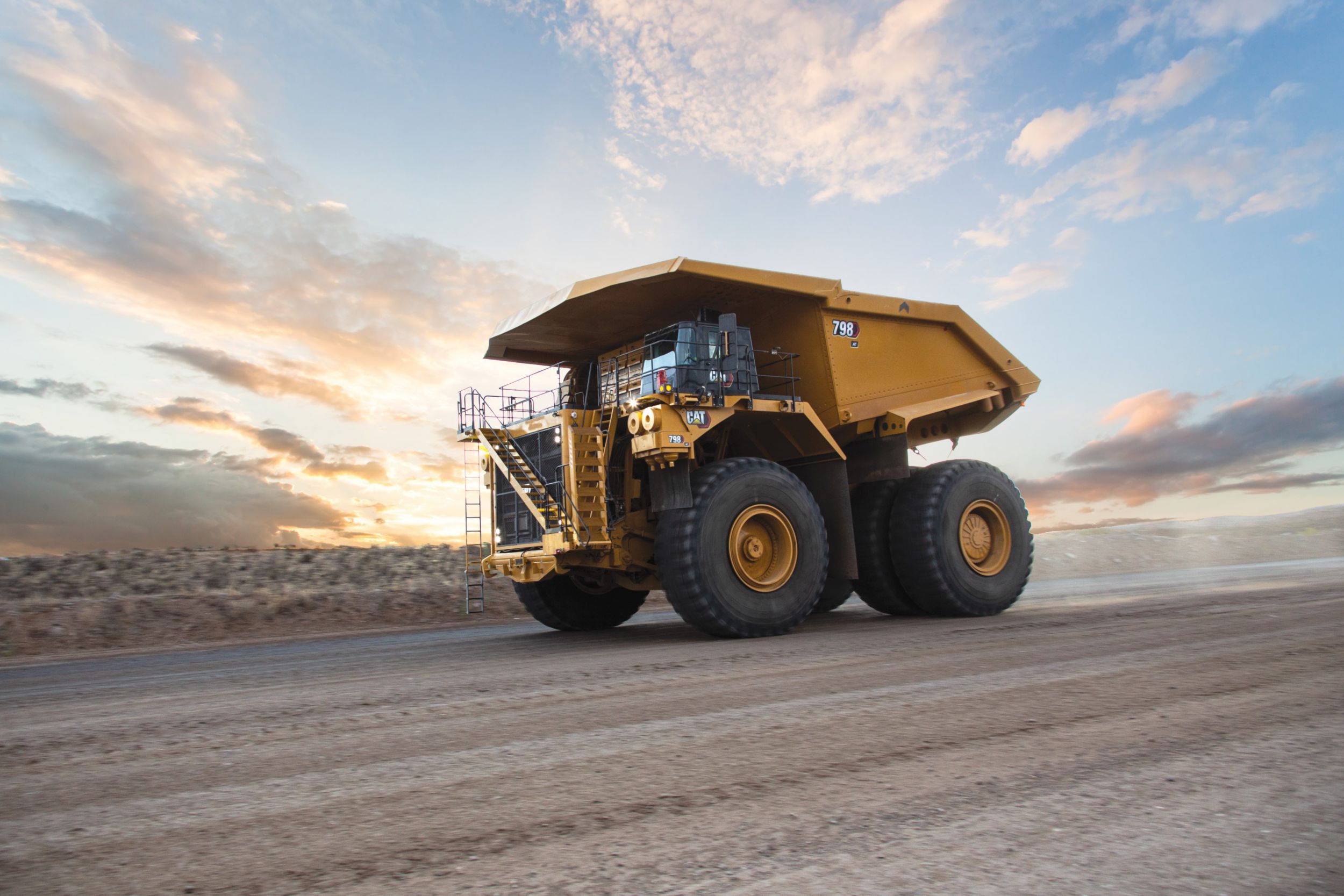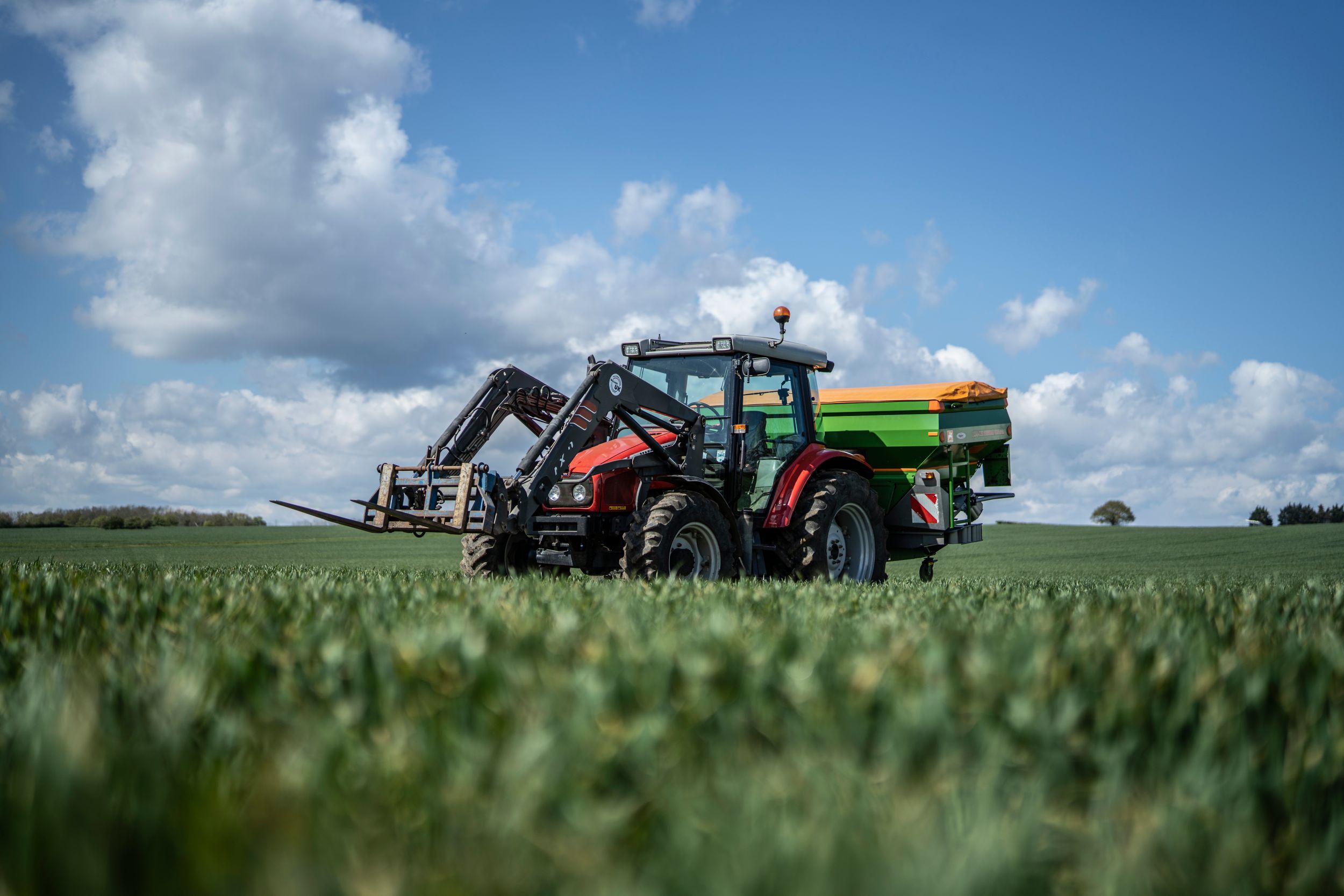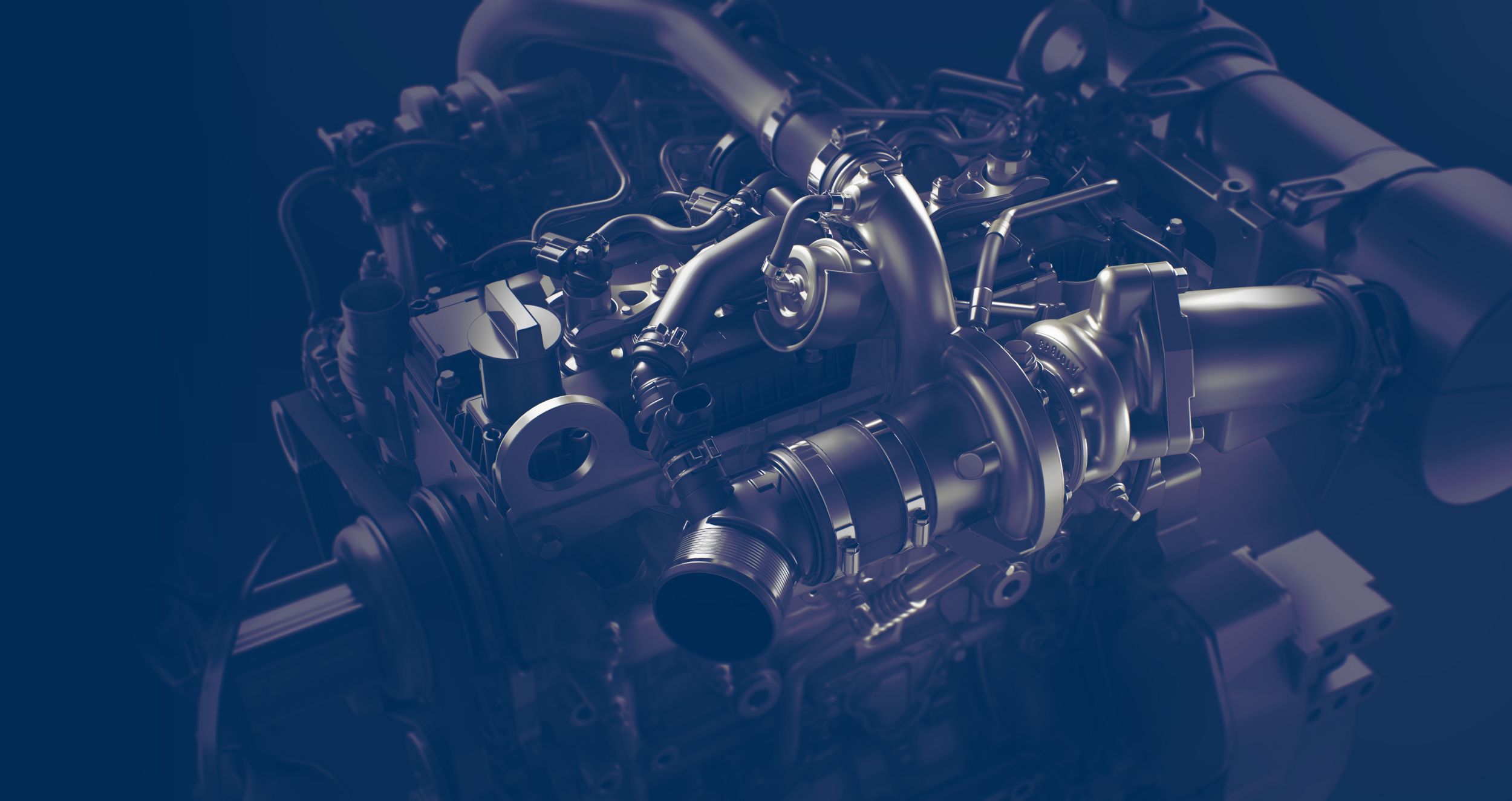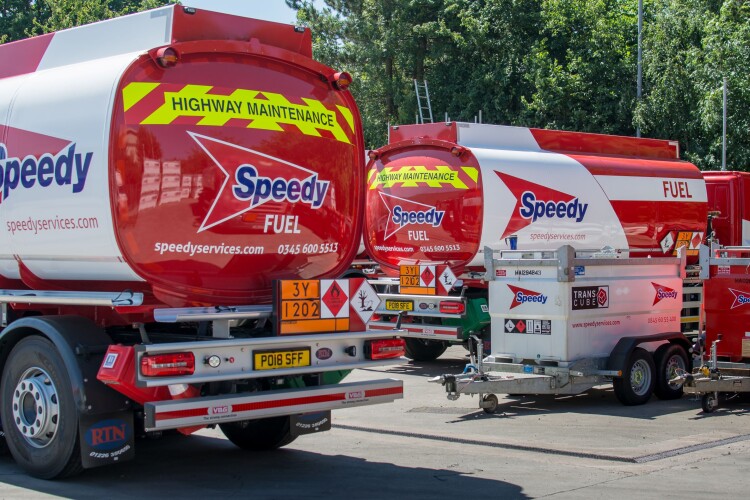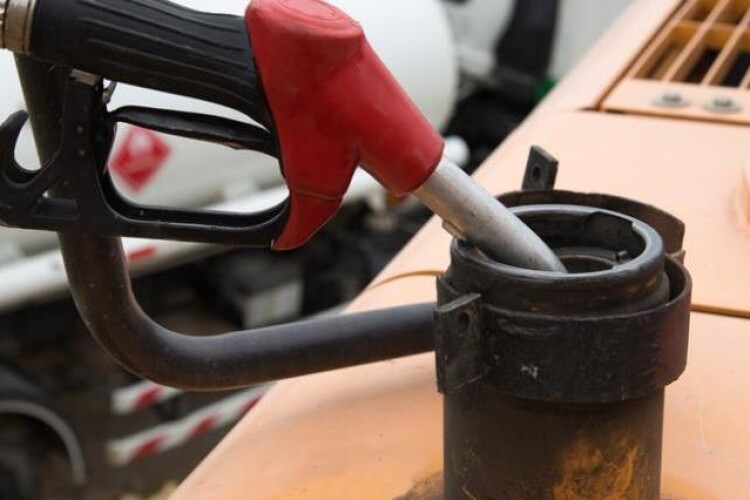Power Progress reports on how advanced battery technology can compete successfully with hydrogen.
Speaking in one of Mission Hydrogen’s webinars, Maximilian Fichtner, director of the Center for Electrochemical Energy Storage Ulm-Karlsruhe (CELEST) in Germany, pointed to key questions in determining which route to pursue – including raw material supply, cost, safety and user-friendliness.
For internal combustion (IC) engine-powered vehicles and plug-in hybrid electric vehicles (PHEV), fuel consumption figures feature significantly in the analysis. For IC engines fuelled by natural gas or biogas, the 20-year global warming potential (GWP) of methane is also a factor, as it is with fuel cell electric vehicles (FCEV) powered by ‘grey’ hydrogen derived from natural gas or methane. For battery-electric vehicles (BEV), GHG emissions from battery manufacturing must be included, while FCEVs should embed hydrogen tank manufacturing.
Fichtner said that EVs, including PHEVs, offer reduced emissions over IC counterparts. Measured in CO2 equivalent per kilometre (g CO2e/km), IC-powered vehicles hovered around 250g, while PHEVs came in around 200g. Current BEVs rely on fossil fuel grid power, coming in around 90g, but a BEV run entirely on green electricity generates around 50g CO2e/km.
FCEVs, which are usually supplied with grey hydrogen, measure around 200g CO2e/km. If green hydrogen sources can be made more easily available, then that could fall to between 60 and 70g.
Fichtner also said that BEVs are clear winners in the efficiency stakes, at about 75 percent across the supply chain, compared to his calculations of around 18-20 per cent for FCEVs.
Executives at major North American lift manufacturers anticipate product demand to soften moderately in 2025.
Read moreThe event will allow industry experts to share insights on a range of issues, OEM trends and current and emerging technologies.
Read moreAn adequate supply of clean water is essential for both life and industry, but managing the resource provides a complex set of challenges.
Read moreManaging everything from the parts inventory to hiring competent mechanics can be a daunting challenge, but the alternative is chaos.
Read more2025 is predicted to be a year of slow growth for the UK construction industry.
Read moreThe annual American Rental Association (ARA) show provides a unique opportunity to ‘take the pulse’ of the North American rental industry.
Read moreVisitor numbers to November’s Bauma China event were up 40 percent on expectations.
Read moreContestants are invited to enter for the contest's third run.
Read moreThis year’s show will has the theme ‘Touch Smart Efficiency’.
Read moreScarcity or abundance in the year ahead?
Read moreReducing carbon emissions from construction job sites is a major challenge for the industry.
Read moreThe innovative solution, Dynamic Energy Transfer (DET), allows trucks to be charged while working.
Read moreThe construction industry lags behind other industries in key measure of productivity.
Read moreGlobal construction spending projected to double by 2037.
Read moreHearing protection is sound management – and good business.
Read moreSophisticated digital tools zero in on rental challenges.
Read moreU.S. equipment and software growth upgraded in Q2 forecast update.
Read moreYear-to-year construction employment up in 39 U.S. states.
Read moreERA convention focused on rental industry sustainability issues.
Read moreEverything you need to know about the new stipulation.
Read moreRobert H. Pedersen named ARA president-elect at conclusion of The ARA Show.
Read moreOn January 1, Jose Antonio Nieto became president the Committee for European Construction Equipment.
Read moreAccelerating the deployment of Caterpillar's battery electric off-highway trucks and charging solutions at a CRH site.
Read moreCombining proven equipment with emerging technologies for improved resiliency.
Read moreFive tech takeaways from the 2024 event in Las Vegas.
Read moreThe U.S. EPA has issued biofuel volume requirements for the next three years.
Read moreRenewable diesel is an attractive option for off-road equipment.
Read moreGeorge Moubayed is Caterpillar’s new chief sustainability officer.
Read moreTechnology is the key to boosting construction industry productivity.
Read moreNew emissions standards are coming, but maybe not for a while.
Read moreStructural engineers are facing many new challenges.
Read moreScope 3 emissions are an ongoing rental industry challenge.
Read moreEuropean rental industry confidence continued its gradual downtrend in Qtr 2, 2023.
Read moreEuropean rental industry confidence continued its gradual downtrend in Qtr 2, 2023.
Read moreChief Risk Officers becoming a construction industry necessity.
Read moreUK registrations of 50 hp and over tractors were up by almost six percent in the first half of 2023.
Read moreHow to close the construction industry’s talent gap.
Learn More‘Celebrate Purpose’ is a new event at Agritechnica 2023.
Read moreUK construction equipment sales rebounded sharply in June.
Read moreThe U.S. agriculture, mining and construction sectors continue to grow.
Read moreReports of the death of diesel powered construction equipment are greatly exaggerated.
Read moreAward nominations for Diesel Progress Summit are open.
Read moreThey're coming, but not to take your job.
Read moreThe impact of AI Chatbots on the construction industry.
Read moreSoaring demand is fuelling development.
Read moreHigh oil prices are supporting healthy Middle East rental markets.
Read moreOnline registration is open for APEX and IRE in Maastricht, June 5-8.
Read moreA shortened version of Intermat will return in 2024.
Read moreTelematics can be about a lot more than theft prevention.
Read moreWill autonomous machines make operators an endangered species?
Read moreModerate growth is expected for a stabilising rental market.
Read moreRental industry acquisitions continue to make news.
Read moreSustainability is nothing new to the construction industry.
Read moreFour key things to consider before starting a construction business.
Read moreA simple change could cut concrete’s carbon footprint by 25 percent.
Read moreNew model says three Southeast Asian countries can reach net-zero by mid-century.
Read moreAvoid construction site ‘surprises’ with ground penetrating radar.
Read moreIt’s time to protect your ‘smart’ machines.
Read moreNine steps could cut beef farming’s carbon footprint by 40-percent.
Read moreExpert advice from every skid steer manufacturer in the industry.
Read moreSunbelt Rentals has reported record results for 2022 full year.
Read moreWomen in engineering: why supporting women in industry is essential.
Read moreThe European Rental Association (ERA) elected a new board during its annual convention in Riga, Latvia.
Read moreCan sustainability really be profitable for rental companies?
Read moreWhat can visitors expect at Bauma 2022?
Read moreIRN's yearly top 100 rental companies in the world.
Read moreThe countdown begins to ConExpo - Las Vegas Convention Centre, March 14-18, 2023.
Read moreWacker, a name synonymous with compaction equipment, is taking over Spanish manufacturer Enar.
Read moreSunbelt Rentals has rolled-out a new mobile app that allows customers to manage all aspects of their rental fleet.
Read moreXCMG to reduce carbon footprint of ‘key products’ by 32 percent.
Read moreEnvironmental sustainability is now a top priority for many rental companies.
Read moreThe Federation of Piling Specialists (FPS) has updated its guidance on the safe use of concrete pumps.
Read moreExperts reveal their favourite skid steer maintenance tips.
Read moreThe future of farming may not include farmers.
Read moreManitou outlines tactics to meet their target goals.
Read moreTen major trends are driving U.S. equipment spending.
Learn MoreExhibitor space at the world’s largest construction trade fair is 97 percent booked.
Read more66 scholarships available for those associated with the equipment or event rental industry.
Read moreFull details of this future technology conference are now available.
Read moreQ2 sales of UK construction equipment jump more than 70 percent on 2020.
Learn MoreFive things to do before buying a used machine.
Learn MoreAgritechnica 2022 will now be held in Hanover November 2023.
Read moreUrbanisation and modernisation are driving construction in the Middle East.
Read moreBauma Conexpo India trade show to be held February 2023.
Read moreMcKinsey has published a report highlighting seven actions that can help the construction industry be resilient in a changing world.
Learn moreAs driving automation gathers pace, the Society of Automotive Engineers has updated its SAE Levels of Driving Automation™, writes SAE.org.
Learn moreRegistration is open for the European Rental Association (ERA) Convention in September 2021 writes International Rental News.
Learn moreInternational Construction features the news that Wacker Neuson SE has appointed Christoph Burkhard as its new CFO.
Learn moreConExpo-Con/Agg 2023 will go ahead as planned from March 14-18, 2023 reports Diesel Progress.
Learn moreGeneva has replaced London as the most expensive city to undertake construction work, writes Conexpo Con/Agg.
Learn moreThe Construction Index reports on how Canada's construction sector looks to be bouncing back after total investment in building construction rose.
Learn moreThe Construction Index reports on T&M Bowser Solutions switching its tanker fleet to hydrotreated vegetable oil (HVO).
Learn moreLarger-sized compact track loaders are growing in popularity as customers need greater performance from their machines, reports OEM Off-Highway.
Learn moreEquipment World reports on next year's Bauma trade show in Germany being rescheduled to October 2022.
Learn moreConExpo-Con/Agg 365 News reports on a United Rentals equipment maintenance webinar.
Learn moreMany heavy equipment industries improved in quarter four 2020 reports OEM Off-Highway.
Learn moreThe Construction Index features hire chain Speedy’s investment in fuel management.
Learn moreOEM Off-Highway runs a report from FederUnacoma on the Italian Ag equipment recovery.
Learn moreThe popularity of backhoe loaders continues writes ConExpo-Con/Agg 365 News.
Learn moreOEM Off-Highway reports on advanced technologies used in heavy equipment.
Learn moreIoT Business News reports on active off-highway vehicle telematics systems.
Learn moreLendlease’s plans for European construction sites feature in The Construction Index.
Learn moreHighways Today focuses on how technology allows rental to be more efficient.
Learn more





